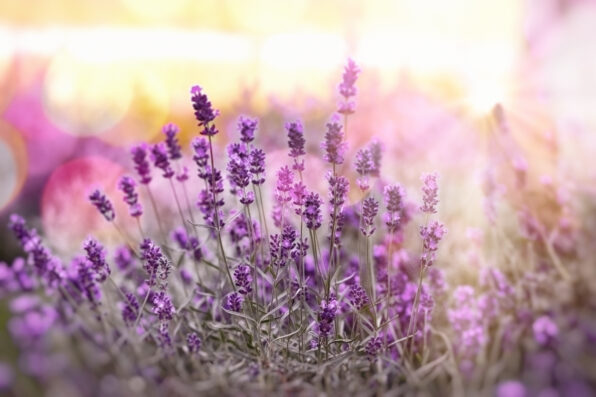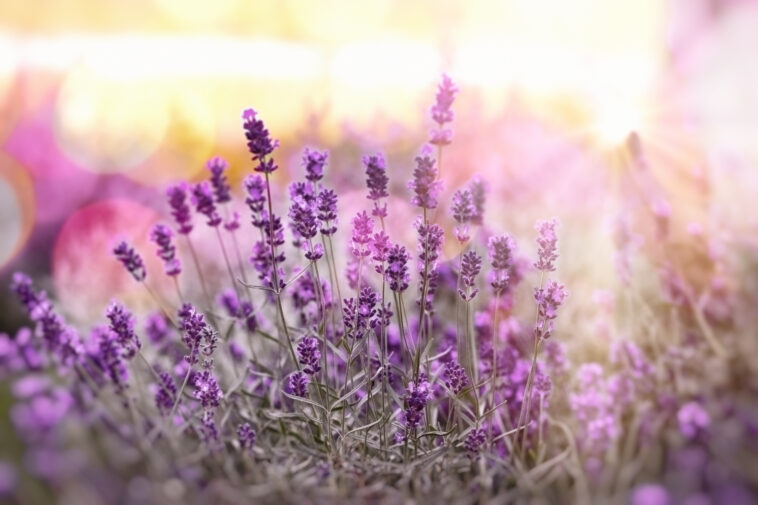Lavender is a fragrant flower that makes a stunning addition to your garden, providing sweeping heaps of color. Aside from being beautiful and aromatic, lavender is also an edible herb with many uses.
So grow them in your herb garden, in a flower bed, or indoor pots. It’s an easy and rewarding plant to care for. They will return every year in their upright spiked form and with gray-green foliage.
Lavender is best planted in spring after the frost is over. Plant it in a bright, sunny spot with well-drained soil. To ensure good drainage, add some sand to the dirt.
An alkaline soil will make the plant’s fragrance stronger. Keep the soil’s pH level above 6.5. Any lower and your lavender plant won’t be around for long. You can raise the soil pH by adding lime.
Once established, lavender can tolerate infrequent waterings. In the beginning, keep young plants watered well. After that, you can ease up on the watering. Less is more when it comes to lavender.
There’s no need to feed your lavender plants with fertilizer. You can add a handful of compost into the hole when you first start planting them but refrain from doing so after the initial planting.
Prune lavender plants once a year in the springtime to encourage new growth and produce stronger flowering. However, don’t prune them until you see new green shoots at the plant’s base.
Lavender is susceptible to disease when it gets too damp, and its roots are too wet during the winter months or whenever there is high humidity. Other than that, it’s pretty disease-resistant.
To prevent disease from taking over, space out the plants to create better air circulation. If you live in a place with harsh winters, add a layer of mulch to protect the roots after the ground freezes.

Sign up for Chip Chick’s newsletter and get stories like this delivered to your inbox.


